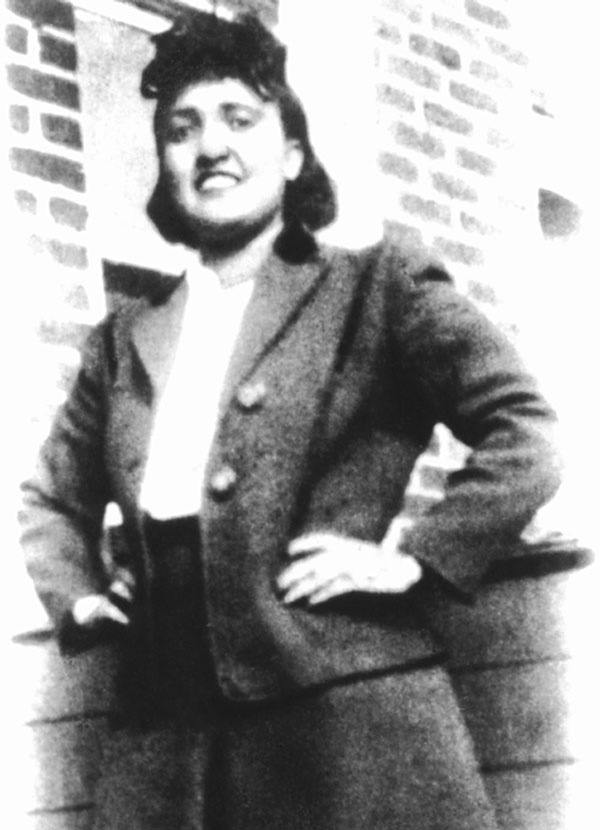Henrietta Lacks
I got genes, you got genes, all God’s children got genes. While this is true of each and every one of us, not many people will be able to say that their genes outlived them. None of us will probably live to see modern medicine use cells from our body to aid in saving lives. But, this is exactly what happened with cells taken from Henrietta Lacks also known as HeLa cells.
She was born Loretta Pleasant on August 1, 1920 in Roanoke, Virginia and raised in Clover, VA on a tobacco farm. Lacks married her first cousin David Lacks and they became the parents of two children, with the first being born when Henrietta was only 14 years old. Later, David and Henrietta moved to Dundalk in Baltimore County, MD so that David could work at the shipyards. They lived in the community of Turners Station.
In February 1951, Henrietta visited Johns Hopkins University due to a painful “knot” in her cervix and bloody discharge. A biopsy revealed cervical cancer. The gynecologist Dr. Edward Jones, who along with his wife Georgeanna founded the Jones Institute for Reproductive Medicine at the Eastern Virginia Medical School, found the tumor to be strange and different. Without her knowledge, cells from the tumor were removed for research purposes. Although treated with radium tube inserts, a common practice for treating these types of cancers, Lacks’ condition worsened. She was admitted into the hospital on August 8 and remained there until she died on October 4, 1951 at 31 years of age from uremic poisoning.
The cells from Henrietta’s tumor, according to Dr. George Gey, were unlike any cells seen before. These remarkable cells could be kept alive and grown. In a lab, the cells were used to conduct experiments such as aiding in the development of the polio vaccine. These experiments caused quite a frenzy in the medical community and became a source of revenue. HeLa cells were mass produced and sent to scientists worldwide for research into cancer, AIDS, and other scientific endeavors. Scientists still do not know exactly what makes HeLa cells so durable and quick to multiply. In the 1970s researchers contacted the Lacks family members to obtain blood samples in order to study their genetics, but no one shared Henrietta’s unique traits.
Although she died in 1951, Lacks has posthumously garnered some media attention and recognition including magazine and newspaper articles, books, an episode from a television series, and documentaries. She was also bestowed with honors for her contributions to science by Morehouse College and the mayor of Atlanta, as well as an annual day of commemoration by the community and residents of Turners Station. There was also a Congressional resolution presented by Robert Erlich.
Even in death Henrietta Lacks lives on through the 20 tons of HeLa cells collected and reproduced in the name of science.
Written by Tonya Gary
Also Check Out:
The Story Behind Black History Month
Phillis Wheatley – First Published African-American
Althea Gibson – Early Black Dominance in Sports

